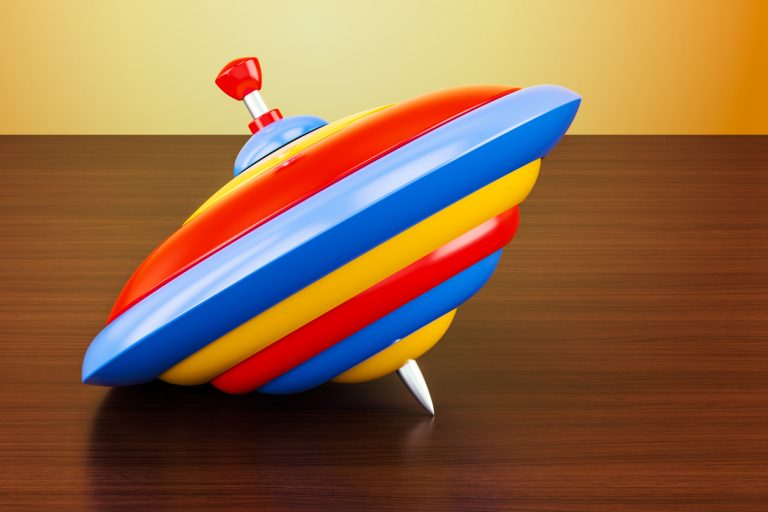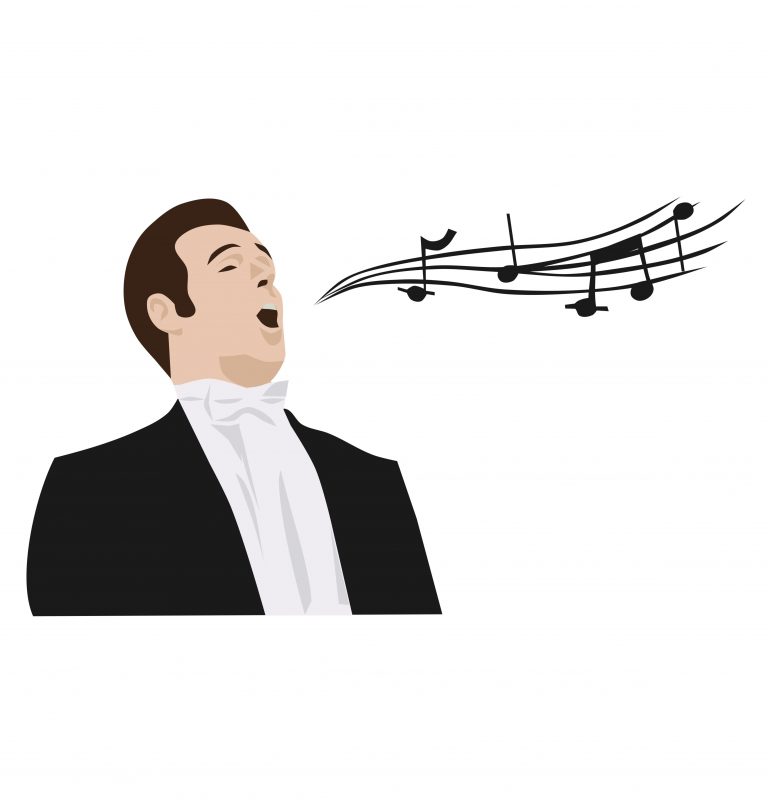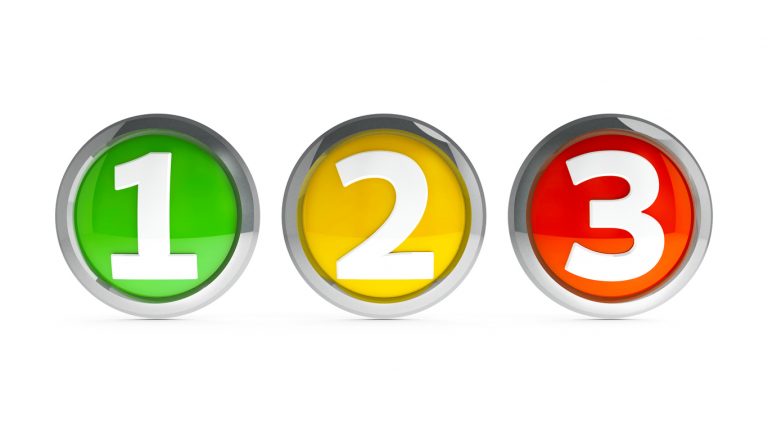Beware of Dipthongs–Improve Your Singing Diction Now! (Part Two)
I’m ba-ack! I hope you all got a lot out of last week’s post: Improve Your Singing Diction Now! (Part One) If you’ve been practicing the techniques I outlined in that article, you should already be experiencing freer, better singing, and much clearer enunciation of your song lyrics. Yay! If you haven’t had a chance to read it, go back and work through it before reading this post. Although each post can stand alone, the techniques I describe today build on what we were practicing last week.
So, to recap, you now know that the vowels in your lyrics carry most of your singing sound, and by extending them to the maximum (given the duration of the note in the song) you will keep your throat open longer. This will give the resonating air that creates your voice more time to vibrate through the vocal tract, and in so doing, improve your vocal tone. This can be easier said than done, but like anything else in singing (or any other endeavor), it simply takes some practice. The results are SO worth the time and effort!
The second major point I emphasized last week was that once you have stretched your vowel in each syllable, that is only half the battle. You then need to take the ending consonant (or consonants, if there are more than one) off the end of each syllable, and sing it only at the beginning of the next syllable. This creates a continuous legato line that flows with a natural forward momentum. This new-found flow will make singing so much easier! You won’t feel like you are trying to push out every note. The flow will be so pronounced that it will almost feel like the song is singing you! If you’ve been practicing these techniques since last week, you know what I mean. The voice feels like a river steadily flowing toward your audience, and your voice will feel like it’s floating on the river of air. The only time we want to stop this flow it is to intentionally interrupt the vocal line for a lift (pause) or to take a breath.
So— now that we’ve reviewed these two critical elements of singing diction, it’s time to get even more nuts-and-bolts diction basics under you belt.
Rule Number Three: Beware of Dipthongs!
“What is a dipthong?”, you may ask. Well, in Greek, “Di” means “two” and “Thongos” means sound. A diphthong in grammar means a vowel sound that appears to be one sound, but actually has two vowels hiding inside of it. Why should you care? Because this is a frequent stumbling block for singers! In a dipthong, the FIRST vowel keeps your throat open and the sound moving forward. The SECOND vowel actually causes throat tension and can reduce or stop your airflow! And, if you sing the second vowel in a dipthong too early, it not only creates vocal tension, but just plain sounds odd! You’ll see what I mean in the examples we use further down in this post…
So, how do you deal with this to improve your singing diction and avoid vocal stress and strain? Let’s take a look at all four English dipthongs, and how to get control of them.
The “A” Dipthong
We think our English vowels are pure sounds, but they are not. The first in the lineup is the long “A” sound in English. A few examples: say, they, rain, weigh. Note that a diphthong can be spelled a number of ways, and that the spelling doesn’t matter. What matters is how you sing it! In speech we tend to combine sounds immediately. But in singing, we need to sing them sequentially, one after the other. Let’s look at how to master this technique on this first diphthong vowel:
“A”= EH (like in pet) + EE (like in sneeze)
To sing the word “raindrop”, you would stretch the first primary vowel (illustrated below by the extended line), and treat the second vowel like a consonant, singing it at the beginning of the next syllable:
REH__________EEndrop
If the word “rain” was the last word of your singing phrase (because you are stopping your air for a lift or to take a breath), then you would simply put the diphthong vowel and ending consonant at the end of the phrase:
REH_________EEn
AN IMPORTANT NOTE: The diphthong vowel should be short in duration, and not emphasized. We have to sing it to complete the authentic sound of our language, but glide through it quickly without stressing it. It needs to be there to finish the dipthong, but as subtly and as late as possible!
Now— try singing the two above examples on any comfortable pitch… See what I mean? SOOO much easier! YOU get to control how long you want to stay on that first open vowel of the diphthong. You are no longer a victim of your speech habits, which would normally move you to the second vowel quickly, and constrict your voice.
The “I” Dipthong
The second of our English diphthongs is the long “I” sound. It can be spelled a number of ways: I, my, buy, sigh, die, Edelweiss are just a few examples. What sounds are we really singing?
“I”= AH (like father) + EE (like sneeze)
Here is a sample of how to sing this second diphthong (and the first one as well) from Cole Porter’s famous song, “Night and Day”:
NAH______EETaa______ndDEH_______EE
Please note again how in all cases, whether it’s a regular vowel or a diphthong, you always stretch the primary vowel in each syllable, and move the secondary diphthong vowel (if there is one) plus the ending consonant (if there is one) to the beginning of the next syllable. This sets up your ever-flowing chain of forward-moving air.
ANOTHER NOTE: We do have to make some considerations for style as well. In a more “legit” singing style like classical art songs and opera or traditional musical theater, you may need/want to stay on your primary vowel longer. In more commercial styles like jazz, pop or country, at times you may want to close the diphthong earlier to achieve a more speech-like way of singing. Always record yourself practicing, and let your musical tastes, and especially vocal comfort be your guide.
The “O” Dipthong
The third English diphthong, and one that many singers don’t even realize is a diphthong is the long “O” sound. A few examples: old, oh, toe, boat, window. As always, spelling doesn’t matter, sound does. Here’s how to articulate this diphthong:
“O”= Ȏ (pure Italian O sound) + OO
Take this example from “Somewhere Over the Rainbow”:
Ȏ_______oovU_______rthUh______REH_____EEnbȎ_______oo
Another example from the pop song “Alone”:
Uh________lȎ_________oon
The “Oy” Dipthong
By now your eyes may be glazing over, but rest assured this is the last one! And, the good news is, while the first three diphthongs happen all the time, this last one is much less common. Examples: Joy, voice, coin, toy.
Oy= Ȏ (open Italian O) + EE
The perfect example to illustrate this is the Christmas carol, “Joy to the World””
JȎ_____EEtoo_____thUH_____wU______rld
How about the famous “Rejoice Greatly” aria from Handel’s Messiah?:
Ree____jȎ______EEcgrEH_______EEtlyEE___
It’s always about extending the good vowel and pushing off the second one, along with the ending consonants!
Woo-hoo! We’re done for now! I think this is enough for one day. There will be many more posts with other tips and tricks regarding singing diction. But, if you master the techniques in this post and the previous one, you will be well on your way to having the vocal control and freedom that may have been eluding you thus far.
It’s just not enough to have a well-produced vocal tone. Singing happens on the pure sound production level, but it also happens on the diction level. How you handle those song lyrics, and the vowels and consonants that comprise them, is a critical factor in great singing.







